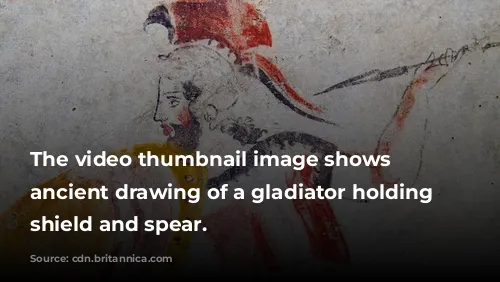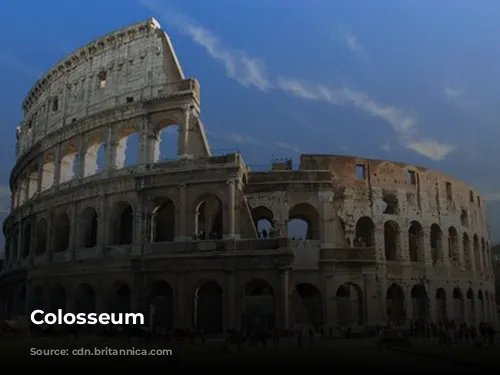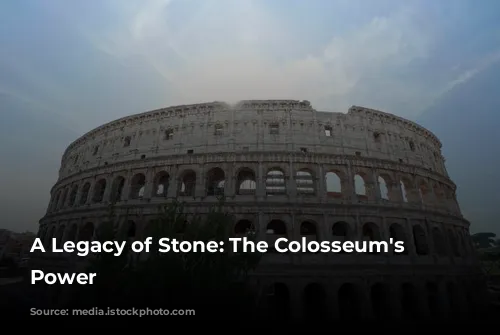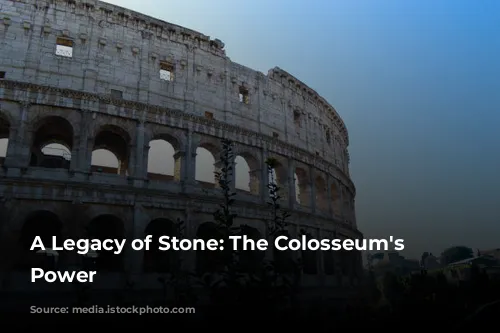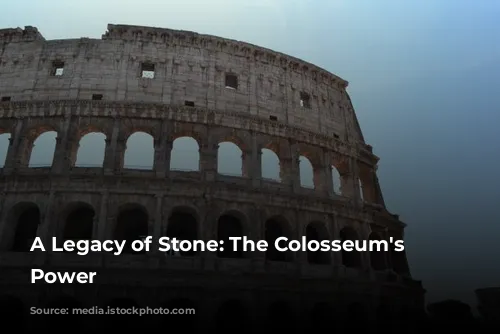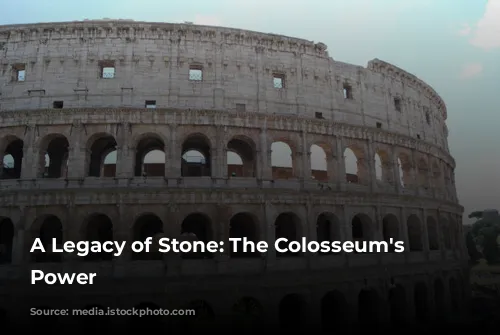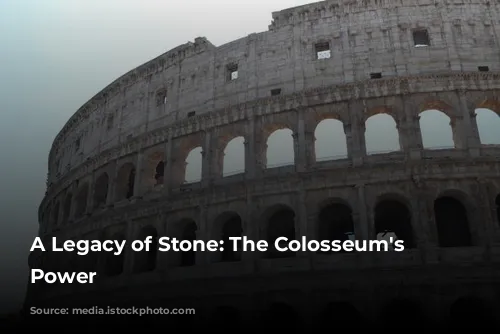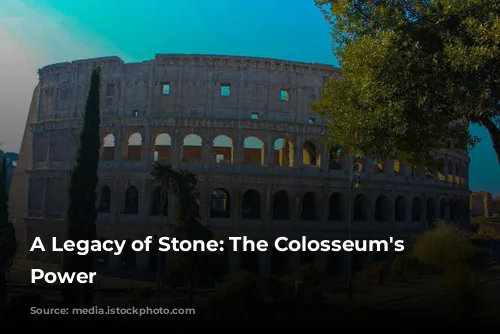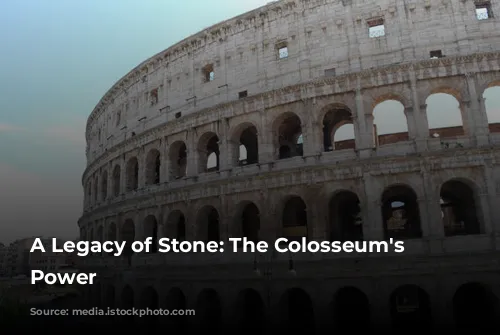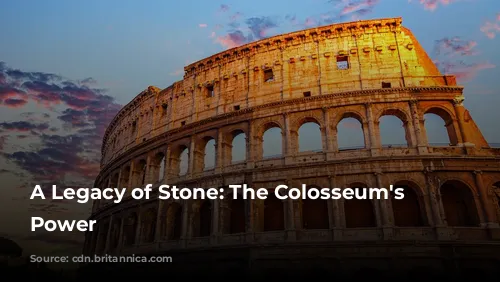The Colosseum, one of the most iconic structures of the ancient world, is a testament to the architectural brilliance and engineering prowess of the Roman Empire. It continues to captivate visitors from around the globe, standing as a magnificent monument to a bygone era. Beyond its historical significance, the Colosseum remains a major economic force, contributing significantly to the Italian tourism industry.
A Symbol of Imperial Power and Entertainment
The Colosseum’s construction was a bold statement of imperial ambition. It was commissioned by Emperor Vespasian in the wake of the tumultuous year of the four emperors, a period of instability and political upheaval. The emperor envisioned the Colosseum as a grand entertainment venue, designed to pacify the Roman populace and solidify his authority.
The Colosseum was built to host a variety of spectacles, from gladiatorial combats and animal hunts to mock naval battles. It was an arena where the Romans could witness the thrill of combat, the awe-inspiring spectacle of exotic animals, and the simulated drama of naval warfare.
A Monument to the Flavian Emperors
Construction of the Colosseum began under Vespasian between 70 and 72 CE. His son and successor, Titus, dedicated the completed structure in 80 CE with a grand ceremony that included 100 days of games. Domitian, Titus’s younger brother, added the fourth story to the Colosseum in 82 CE. The Colosseum was funded, in part, by the plunder from Titus’s conquest of Jerusalem. This stark reminder of the Roman Empire’s military might is a poignant historical detail often overlooked.
An Architectural Masterpiece
The Colosseum is an elliptical structure built from stone, concrete, and volcanic tuff. It stands four stories high, with a circumference of over 1,600 feet and a capacity of 50,000 spectators. Its unique design, with its tiered seating and retractable awning, allowed for comfortable viewing for a vast audience.
The Colosseum was a marvel of Roman engineering, showcasing innovative techniques in structural design. It was built as a freestanding structure, unlike earlier amphitheaters that were often partially carved into hillsides for support. The Colosseum’s use of barrel vaults and groin vaults allowed for a massive, open space that was both visually impressive and structurally sound.
From Glory to Decline
The Colosseum fell into decline after the fall of the Western Roman Empire. It was repurposed as a fortress by the Frangipane and Annibaldi families in the 12th century and even used as a quarry by Pope Alexander VI in the 15th century.
Despite centuries of neglect, the Colosseum has endured. State-funded restoration efforts began in the 1990s, breathing new life into the ancient structure. Today, the Colosseum stands as a poignant reminder of the power and resilience of the Roman Empire, a testament to the enduring spirit of humanity.
A Timeless Symbol
The Colosseum remains one of the most popular tourist attractions in the world. Millions of visitors come each year to marvel at its size, its architecture, and its rich history. The Colosseum continues to be a source of wonder and inspiration, a symbol of the enduring power of human creativity and ambition.

